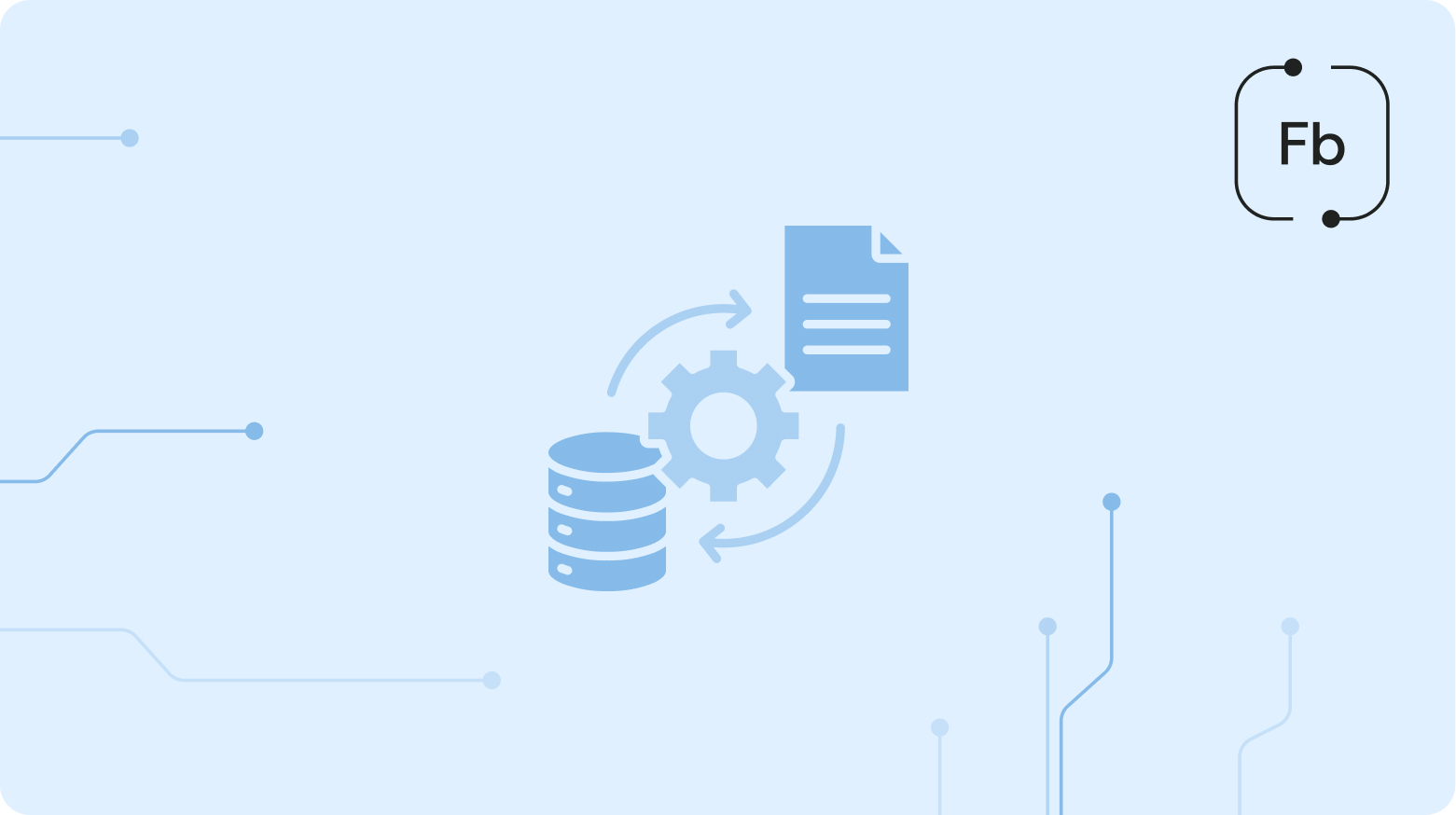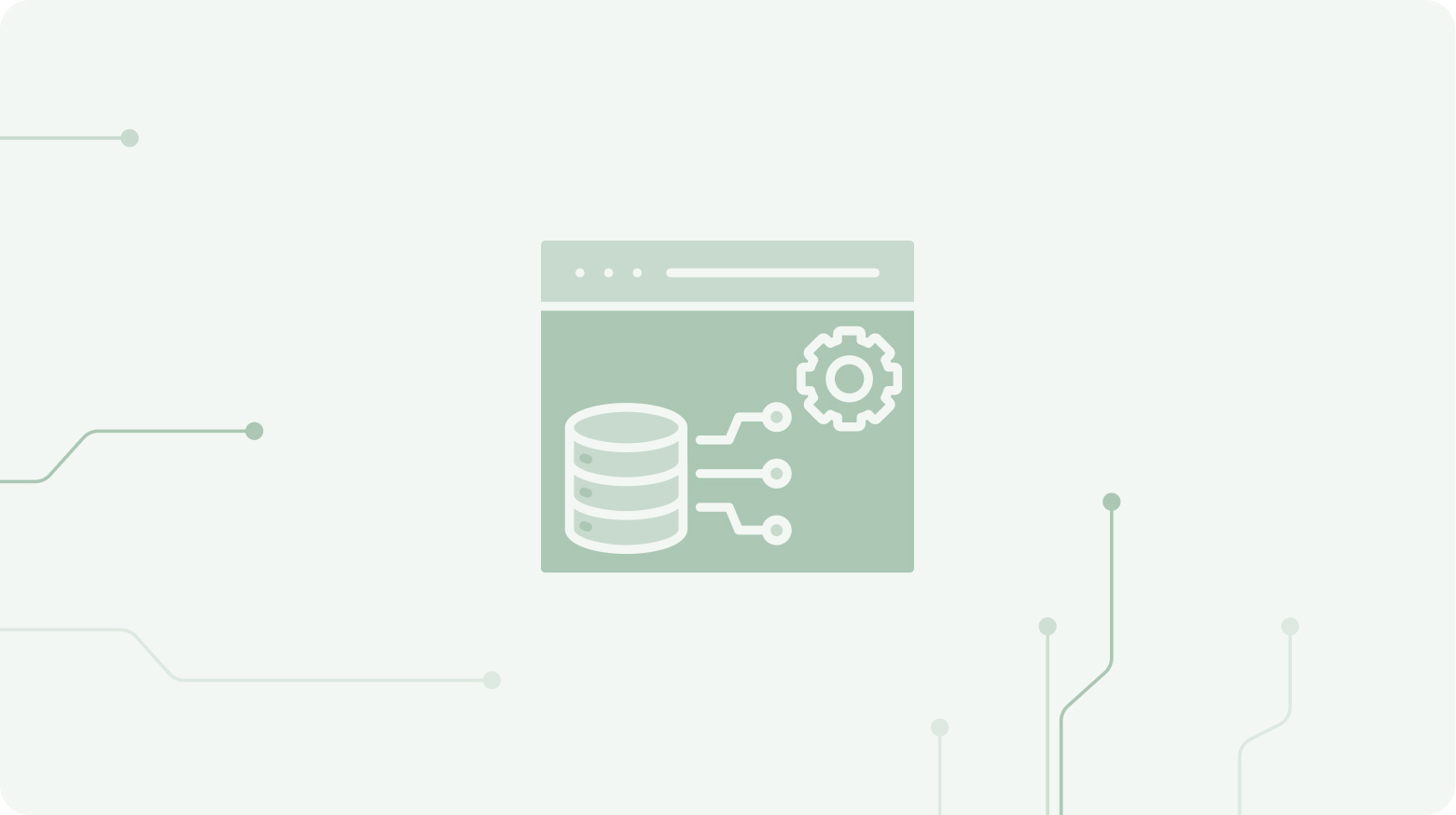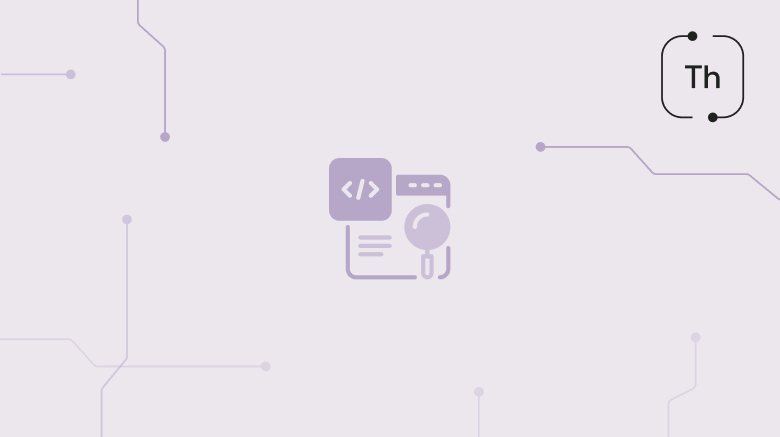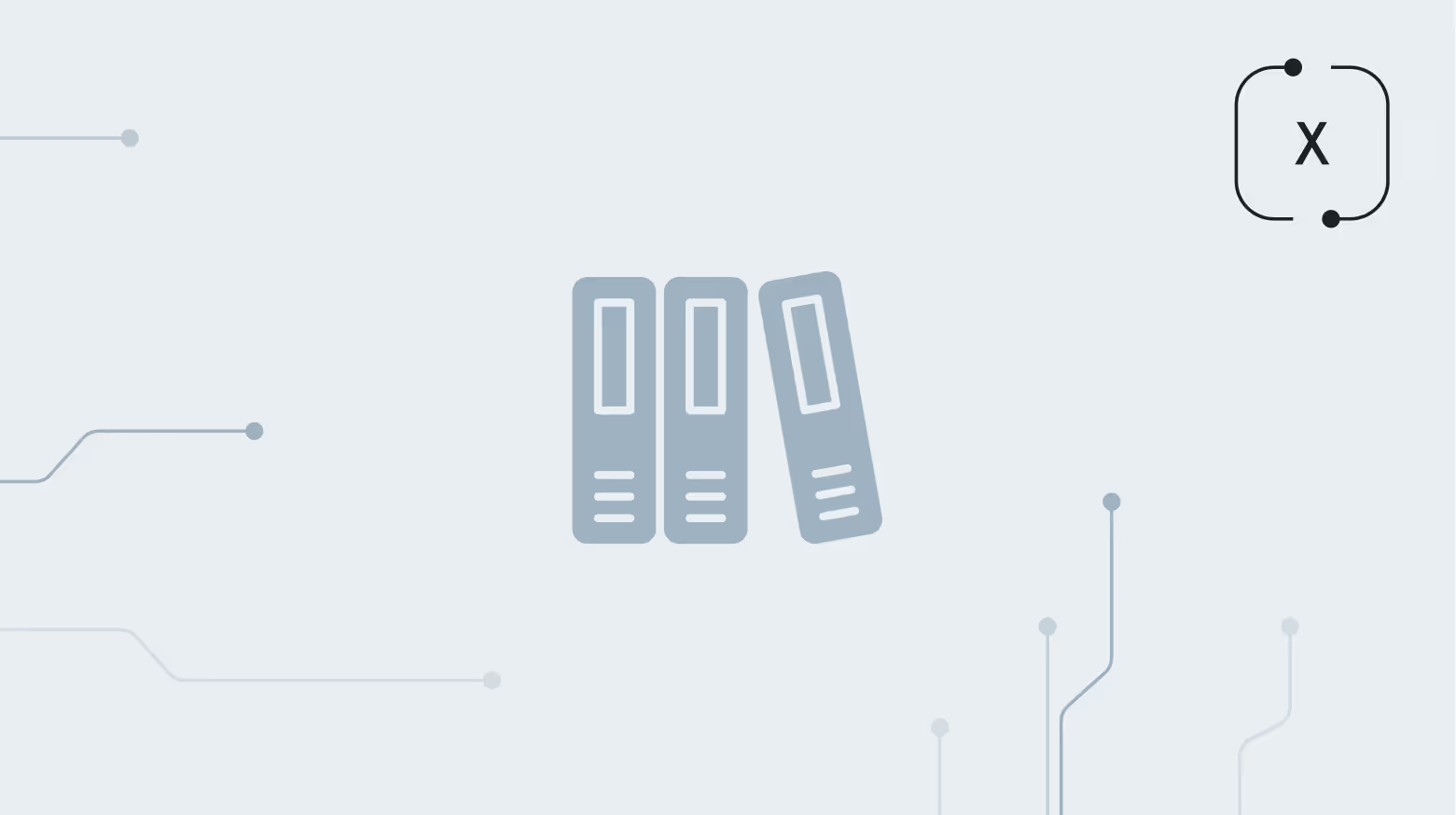
Facebook is the most popular social network, having almost 3 billion active users (2.91 billion as of 2022), that generates a million gigabytes or 4 petabytes of data per day. Due to continuous reinvention, Facebook has diversified into a powerful commercial platform where businesses and customers can communicate and interact directly. So, Facebook is a huge database of user-generated content, offering a vast of possibilities for B2B, B2C, and other forms of businesses.
Want to get a business advantage in 2022 and beyond? Scrape Facebook posts. And here we are to help you to understand what it is and why you need it. In this article, you will find comprehensive information about scraping Facebook posts, what data you can obtain, and what benefits you can get.
Facebook is where many people can share/discuss news, get fun, communicate, go shopping, and more. So, this social media channel is an inexhaustible source of information. Often, this data is a helper in achieving business goals and for the following purposes of marketing research:
- Tracking competitors' prices to estimate the average price rate for products;
- Researching a targeted audience;
- Understand your customers better;
- Build products more quickly;
- Monitoring news and events;
- Content efficiency analyses.
Below we outlined at least three reasons why to scrape Facebook posts, comments, likes, profiles, etc.
Facebook as well as other social media platforms is a place where customers are free to express and share their feelings and/or sentiments, including preferences, appreciation, complaints, and expectations regarding brands, products, and/or services.
By using the right tool, you can scrape Facebook to find posts, reviews, and/or comments with your business or brand tagged. Gathered info allows businesses to understand:
- How the market views the company;
- Address any problems and/or negative reviews present;
- Find weak points to be improved;
- Shape the customers' views, etc.
Besides that, it enables you to monitor your competitors' progress, learn from their tactics, analyze their posts and followers, and maximize their weaknesses.
So, by scraping Facebook posts, you gain business insights for making a decision based on data, making your service more customer-centric, and better reaching your target audience.
Marketing is an essential part of the business growth strategy. Especially nowadays, when the world is evolving into a digital space. In its turn, social media is a place where brands can promote their service/product and get in touch with their customers.
Running social media campaigns is one of the most effective ways to become visible and tell the world about your company. Therefore, you can scrape Facebook posts to gather useful insights to be applied to succeed in such marketing campaigns. Herewith, by scraping data, you’re enabled to identify:
- Your target audience (TA) more effectively;
- Peak times when posts get most of the likes/comments/responses;
- Computing pages;
- What kind of posts works better for your TA;
- Products most preferred by your TA;
- What kind of content goes viral, and many more.
By gathering and analyzing the data, you can find out the best time to run campaigns to increase their success, optimize advertising, and in such a way save your budget by cutting the costs of ineffective marketing.
Facebook is a pool of information that helps not only to predict customer behavior but learn what influences their behavior. Scraping Facebook posts and further analysis of received data allows monitoring and keeping up with the latest trends to learn the ever-changing customers’ needs/wishes/expectations and adjust to not become irrelevant in the market space. Besides that, it allows you to learn more about your competitors, what they are up to, what type of content is successful for them, and even how they are performing. All that helps you improve your business decisions and marketing efforts.
Before you start scraping, it’s crucial to set clear objectives to determine what data you need. The idea is that, like in every business aspect, you are to have a detailed plan. Here is the same. The business must understand: what this or that information is for. And how is it planned to be used further? When it’s done, then you need to make sure if it’s allowed to crawl all that information.
There are no laws or regulations prohibiting scraping public data. Though it is legal, yet, there are some nuances to keep in mind such as sensitive private information, copyrighted content, and so on. To make it clear, the publicity available data includes:
- Profile information, including URL, username, profile photo URL, and interest themes;
- Posts information (location, date, number of likes/views, number and texts of comments, post text, media URLs, etc.).
Yet, you should remember that scraping is just a tool and to make it effective you need to do some preparations and build a plan. So, here are some more things to be done before starting the scraping process:
- Define and configure some basic parameters;
- Determine what data you need and where it can be found;
- Create a keyword query to get the needed public data;
- Choose the tool and use it for further analysis.
Scrape Facebook Comments, Likes, Groups, Profiles, and Posts
When properly analyzed, data from Facebook can inform both marketing strategies and business decisions for improved outcomes and increased revenue. Thus, more and more companies not only have an interest in but continue to scrape Facebook posts and other user-generated content, including comments, likes, photos, and videos.
Here is a list of the data that can be collected by scraping tools:
- Facebook posts:
URL, date, sponsored/not, post text, media URL, comments, number of views (videos), number of likes, number of shares, number of comments, and scrape time. - Facebook organizations/groups:
URL, avatar, profile image, name, type, likes, followers, story, verified, contact information, address, website, category, related pages information. - Facebook profiles:
URL, profile picture URL, name, type, likes,, post information, verified or not.
In general, all types of public data can be obtained from a web page of a particular post, group, or profile by scraping using specific tools.
Using the Facebook Scraper tool, you can effortlessly gather publicly available information from Facebook pages.For more advanced data scraping techniques, refer to our materials on Facebook Graph API and another alternative and How to scrape Facebook and do it the best.
Scrape Comments From Facebook
Though the comments are small in size, they contain pretty useful information for the business. Besides that, different media such as GIFs, emojis, photos, stickers, videos, mentions, and many more can be included in the comments. And web scraping Facebook comments allows you to get all that information structured and ready for further analysis. All of that can give you a broad picture of user engagement, their preferences, and expectations, their attitude to the brand, and so on.
If you want to use a web scraping Facebook comments, then you should opt for Facebook comment scraper online. It can be as an official Facebook API or some third-party solution with alike features on offer.
Data365.co Social media API can also help you to extract public data from social media networks. Please contact us to learn more about whether we can help in your case.
Scrape Facebook Likes
Scrape Facebook posts can be pretty fruitful and bring more insights to grow your business. For example, Facebook likes and/or reactions can give much more information about your customers and their attitude to the brand or service.
Today, there is much more than just the default reaction button on a post — Likes. So, if you scrape Facebook likes, it usually means gathering information about all the reactions, including Wow, Love, Ha-Ha, Sad, Angry, and Care.
Each reaction indicates the level of user engagement with their willingness to share and/or comment on this or that post, and so on. Thus, for example, default ‘Like’ is used to react to content indifferently, not likely to share or comment, while Wow shows that users are more likely to share posts with friends and Ha-Ha reactions mean that they are going to comment on a post as well. This data can help you to determine the winning type of posts with the most likes for better content planning and improving your marketing efforts.
Scrape Facebook Posts
Facebook posts are a way of communication between users and brands. Companies bring value to the customers, deliver updates, and just demonstrate their activity via posts. Posts can contain plain text, images, GIFs, videos, and so on to capture user attention and drive their engagement.
By scraping Facebook posts, companies can learn about their audience, competitors, and market, and find successful content to improve decision and marketing strategies.
To scrape Facebook posts, you can use different tools, yet, remember of using the gathered public data responsibly, aligning with GDPR guidelines. So, before you start to scrape Facebook posts, learn the terms of use of the chosen tool.
The key to success is understanding your customers and knowing their pains, needs, and wishes. There are many ways to learn your audience, and scraping Facebook data is one of the most effective. Each social media page can provide valuable insight into customer behavior and other aspects. When you have a database of IDs/usernames of your target profiles, you can scrape Facebook profilesto get the following data:
- ID, username, biography (about), profile photo;
- Hometown and workplace (for users only and if it’s publically available information);
- Contacts: address, phone (for public pages only);
- Number of friends, followers, members;
- Lists of posts and so on.
So, Facebook profiles scraping with all of that insights allows you to create a more accurate buyer persona and understand your audience with their needs and wishes much better for more efficient business and marketing strategies built.
Today, there are a lot of ways to gather public data from social media, starting with the manual one to different APIs. For example, Data365 API offers a ready-made tool based on Python code to obtain public data on the most popular social media networks.
You can contact the live support for more detailed info about the possibilities and opportunities of Data365 API to learn how it can benefit your project and/or help you achieve the business objectives.
What Is The Best Method to Scrape Facebook Posts?
Actually, you have three ways to scrape Facebook posts:
- Web scraping tools or online tools.
They can be Octoparse, ParseHub, and many others. They come with a user-friendly interface and an administrative dashboard (personal cabinet or account) to log in, use the tool, learn how it works, and configure them to collect the data needed. - Hand-written algorithms.
Such scrapers are either developed independently or available on different resources like GitHub (a developer wrote code for scraping and uploaded it to the open source).
They work for companies with an in-house developer who can write some code or deal with existing code. The main disadvantages of these solutions are:
- The need to employ an expensive programmer for development and support;
- If you decide to use the open source code — there is no support for code integration, no help in case of any problems, etc.
So, when this variant is chosen, you need to either know Python or any other programming language and have some coding skills or employ a developer. In this case, you can build a custom crawler and scrape Facebook by executing a few scripts according to the use case. Otherwise, it’s better to use so-called Facebook scrapers for the purpose. - API-based solutions.
Facebook itself offers an API to collect useful data for your business, yet, keep in mind some limitations to meet when gathering data to learn and understand customers better. That’s why there are a lot of Facebook scrapers on the market to use for this purpose.
API solutions are also designed to be integrated into the customer's product and can be based on a programming language for scraping Facebook posts.
Data365 social media API can also be helpful for extracting public data in some cases.
Each of these solutions has its strengths and weaknesses and its users. Off-the-shelf solutions have many advantages for companies. Thus, by choosing Data365, you get the following benefits:
- No need to write complex code;
- No need to pay for an expensive developer;
- No need to buy accounts to collect public data;
- No hassle with live support available;
- Fair pricing based on mentions, which can be counted with the calculator to determine approximate budget.
Now it’s clearly visible that Facebook is an inexhaustible source of information about the market and customers. All that is left is to collect and analyze the data. It’s where Facebook scrapers come into the scene. Yet, knowing how to scrape Facebook posts, profiles, likes, comments, and so on is crucial to obtaining comprehensive data.
Here are some of the most popular use cases for the data obtained with the Facebook scraper:
- Marketing:
- Focus your marketing efforts;
- Discover new leads by getting insights from reviews and competitor pages;
- Enrich existing datasets with missing lead information;
- Optimize social advertising with the exact target message determined;
- Evaluate existing ad campaigns;
- Business:
- Understand customers with real-time data delivered (posts, comments, likes, videos, images, hashtags);
- Monitor consumer sentiment and engagement;
- Focus your product marketing and develop new products based on data insights;
- Understand your customer’s journey and reveal their needs, wishes, pain points, and preferences in real-time;
- Track the competitors and learn from their tactics.
Today, there is a big choice of methods to scrape Facebook posts, and you’re free to use the one that fits you best. Each solution has both advantages and drawbacks.
If you’re looking for a similar solution, then Data365 is the option. This API allows you to get public data from social media, offering a range of benefits and features such as ease of use, a team of professionals, live support, and many more. Get more details about the service and our API options and features to make the final decision.
Extract data from five social media networks with Data365 API
Request a free 14-day trial and get 20+ data types








.svg)
.svg)
.svg)






.svg)
.svg)
.svg)
